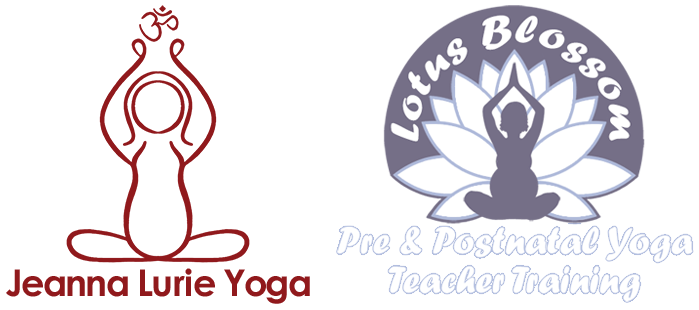What is the future of the yoga industry?
First off, let me say that I hate thinking about yoga as an “industry.” This word is rooted in capitalism and I’m not sure the true eight-limbed path is congruent with a system that prioritizes financial gain over all else. That said, we live in a society in which “money=value” and yoga teachers deserve to be valued for the services they offer. And of course, we all experience the reality of the costs of living. So for the simplicity of communication, I use the word industry.
I came to yoga as a regular practitioner in 2000 and started teaching in 2004. My own personal practice started in an ashram in San Francisco and continued in a spiritual center a couple years later when our family moved to San Jose and I finally transitioned out of the fog of the first couple of years of parenting. My first teacher training, specifically prenatal, happened in a living room. It wasn’t until 2006 that I set foot in a yoga studio, on the advice of my teacher after I asked for her help in finding further training.
It was around this time that I witnessed yoga coming into the mainstream and studios popping up all over the place. For better or worse, yoga in the west had gotten married to the fitness industry. For better, it was a gateway for so many people to discover the deeper, contemplative practices of yoga. For worse, it became, well, an industry.
One that was—is, unfortunately—unstable, at least for studios and teachers. According to a 2016 study conducted jointly by the Yoga Alliance and Yoga Journal, it was found that Americans spent $16.8 billion on classes, clothing, equipment, and accessories that year. Yet, few teachers make a comfortable or even sustainable living through their teaching, while studios commonly rely on expensive teacher trainings in order to keep their doors open. One well known studio chain was criticized publicly for allegedly requiring their teachers to encourage students to take their expensive teacher trainings with the empty promise of a job once they completed the program. Industry, by its very nature is going to include exploitation, cultural appropriation, and other pitfalls.
In 2019, Lotus Blossom explored opening up our own studio in the Bay Area. While our priority was teacher training and mentorship, we had a vision of creating an inclusive, family centered space with childcare and options for low-income members of the community. Unfortunately, touring commercial real estate and a rough breakdown of the financials revealed quite plainly that this endeavor would require working 24/7 to just maybe, if we were lucky, break even. Not a sustainable situation for two mothers raising five kids between us. In the process, we did our homework: talking to a lot of different teachers and studio owners, listening to industry-related podcasts, and engaging in related online forums. It seemed that the industry had perhaps reached a level of critical mass on the verge of breaking down. At the very least, there was no doubt the yoga industry was evolving.
And then…the pandemic hit. Teachers pivoted to online classes or stopped teaching completely. Many studios shut their doors for good. Over the last two years there has been an ebb and flow as people in the industry try to figure things out and move forward (or choose not to). In my own experience, I have been able to sustain an online following, but as expected, the number of students attending on a regular basis has dropped significantly. Perhaps for the better, as the personalized way that I like to serve my students would be compromised with large numbers online in a way that it is not an issue in person.
My observation as both a teacher and a student of yoga, is that many casual fitness-oriented practitioners have moved on to something else or just practice with free videos from YouTube. As life returns to some version of “normal” and people feel safe practicing in person, teachers have fewer options for affordable venues to ensure financial sustainability of their classes. Practicing in public parks and outdoor spaces has increased- not just for COVID safety, but because of their low overhead. However, this isn’t an option for all teachers and practitioners: some people feel uncomfortable practicing in public and logistics get complicated for styles like prenatal and restorative that require lots of props. There can be legal issues, as well, with many cities requiring use permits. And of course, weather and air quality limits this option in many areas. Without an appropriate place to teach, it’s hard for teachers to offer their services for people looking for affordable group classes.
Many students have discovered practicing from home to be a convenient option- either to minimize time away from work and family, to access a teacher who is geographically far away, or just because they feel safer in their own space. The pandemic proved online to be a viable option for so many aspects of life. As COVID evolves to an endemic phase, many people will continue to utilize online options for work, meetings, and of course, their yoga classes.
Nevertheless, there will always be students and teachers who prefer in person classes. Will they move back to the community centers, living rooms, and spiritual venues in which modern yoga “grew up”? Will studios eventually return to their heyday of ten to 15 years ago? Will things take a completely different direction? Change is inevitable, if you ask me, although how is yet unclear. Yoga is certainly not going anywhere, but perhaps the yoga industry is on its way out…

